What happens after Queen Elizabeth’s death
Concerns are mounting over the health of Queen Elizabeth II — and her death will kick off a meticulous plan of action dubbed “Operation London Bridge.”
The all-hands protocol, set up in the 1960s, gives detailed instructions on how to handle the first 10 days after Her Majesty’s passing, ensuring a smooth transition of the throne to her eldest son, Prince Charles.
The operation’s nursery rhyme-sounding name represents a secret code used to communicate the sad news to the most senior Palace staff and members of government — before it is finally announced to the rest of the world.
To keep the news under wraps, those first alerted will be told “London Bridge is down.”
Upon the last death of a UK monarch — Elizabeth’s father, King George VI, in 1952 — the code word “Hyde Park Corner” was used to prevent switchboard operators from catching on.
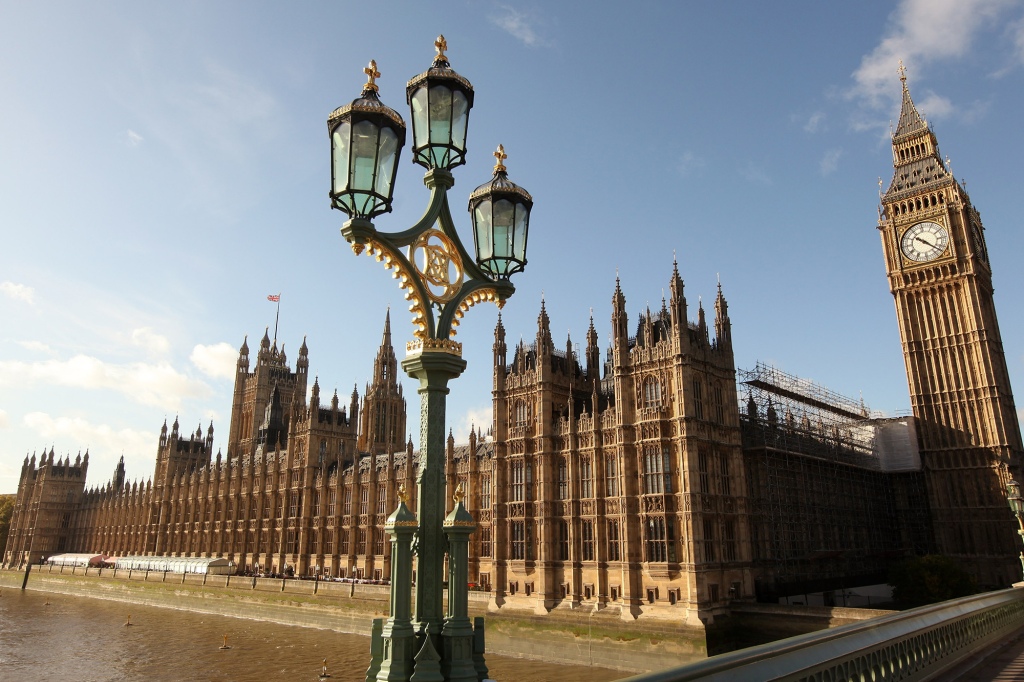
Likewise, the death in April 2021 of the queen’s 99-year-old husband, Prince Philip, had been shared under “Operation Forth Bridge,” while the Queen Mother’s death at 101 in 2002 was codenamed “Tay Bridge.”
But despite the planned secrecy, the queen’s codeword has long been known — as have the detailed, much-rehearsed plans for the next 10 days ahead of her funeral, as detailed at length by The Guardian in 2017.
Politico also revealed further details after getting high-level documents in 2021 — including UK officials’ plans for a possible crisis if London becomes “full” with the flood of expected mourners.
However, The Guardian noted that the plans have been repeatedly reevaluated and updated over the years, which means Operation London Bridge may have had last-minute changes.
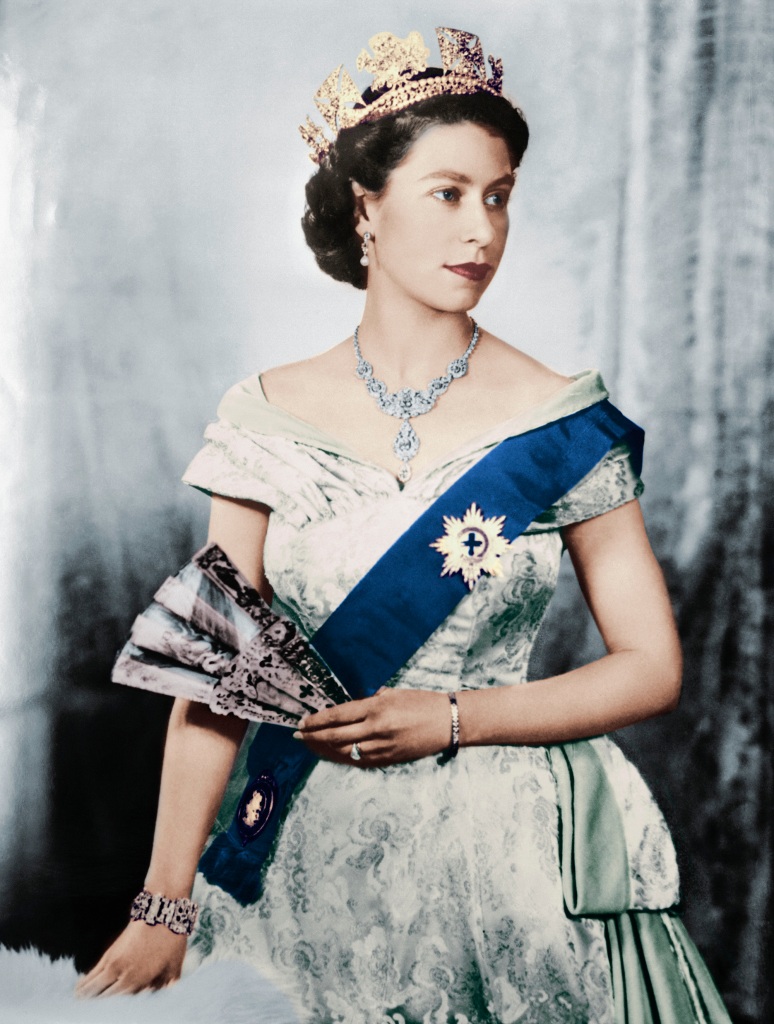
If unchanged, the queen’s death will be referred to internally as “D-Day,” the military term for a major new operation — most famously the 1944 Allied invasion of Normandy heralding the end of World War II.
The day following her death will be “D+1,” up until her funeral on “D+10,” which will be declared a “Day of National Mourning,” according to the plans.
The Queen’s private secretary will reportedly be the first person to hear of her death before a “call cascade” will share the news with the Prime Minister and Britain’s most senior ministers and officials.
An updated call script shared by Politico will then instruct departmental permanent secretaries to tell government ministers, “We have just been informed of the death of Her Majesty The Queen.”
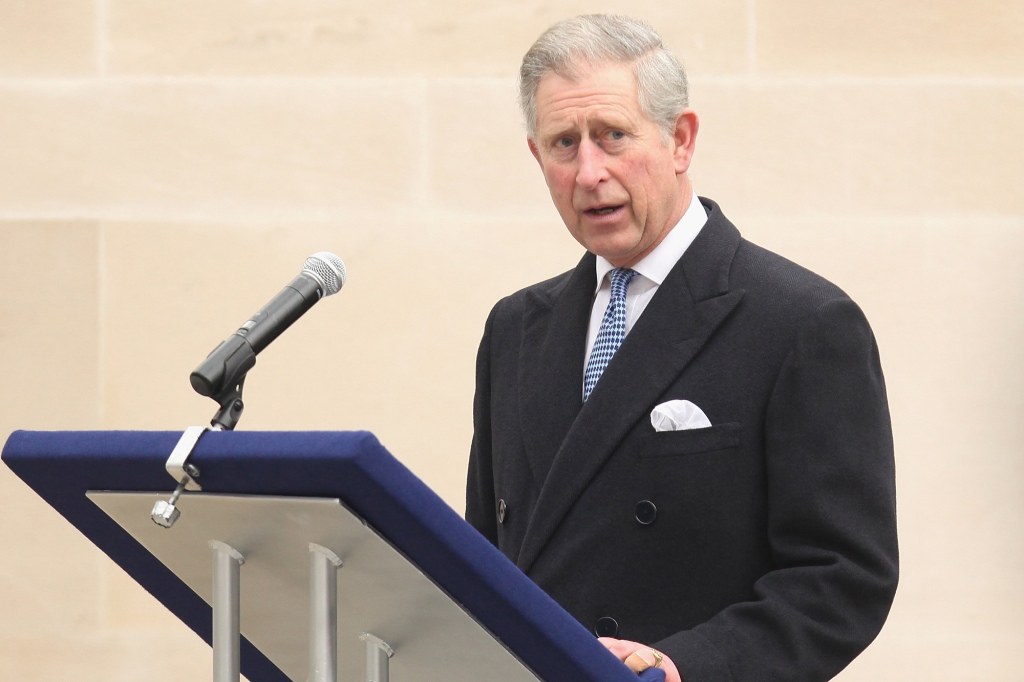
They will be told that “discretion is required” ahead of the worldwide announcement.
At the same time, the Foreign Office’s Global Response Centre will also alert Commonwealth nations and the countries where the queen was head of state.
Once senior government officials are all alerted, flags across Whitehall, home to the UK government’s main offices, will be lowered to half-mast and parliament recalled.
Meanwhile, news media will also be alerted with broadcasters at the BBC — which previously first announced royal deaths — all known to have black ties at the ready for the news.
“Operation London Bridge” has long planned for the soon-to-be-King Charles, 73, to deliver a national broadcast on “D-Day.”

The prime minister and a small number of senior ministers will also be prepped to attend a remembrance service at St. Paul’s Cathedral, per the plan.
The operation then details events expected over the next 10 days.
At 10 a.m. on “D-Day+1,” the Accession Council will meet at St. James’ Palace to proclaim King Charles the new sovereign, according to the leaked plans.
The proclamation will then be read at St. James’ Palace and the Royal Exchange in the City of London, confirming Charles as king.
Parliament will meet to agree on a message of condolence, with other business suspended for 10 days, Politico stated. The new king will then meet with the prime minister and his senior cabinet officials, according to the plans.
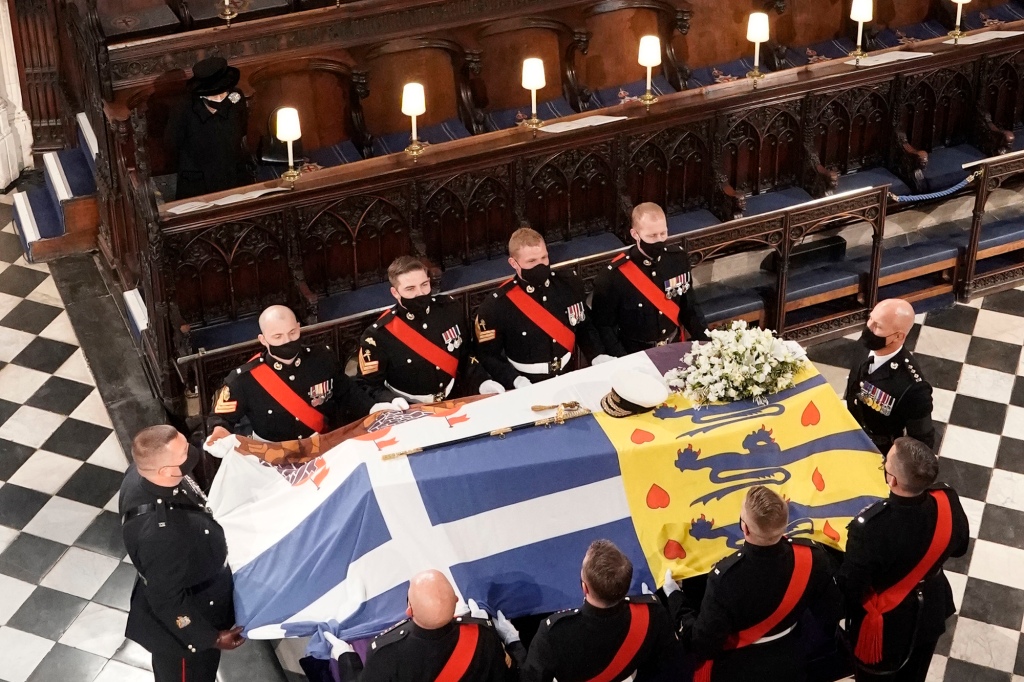
The queen’s coffin will be returned to Buckingham Palace by “D-Day+2,” to the throne room with an altar, the pall, the royal standard, and four Grenadier Guards standing watch, The Guardian said.
On the fifth day, a procession through London will take her coffin from Buckingham Palace to the Palace of Westminster, with a service at Westminster Hall following its arrival.
The queen will lie in state there for three days, with her coffin on a raised box in the middle of Westminster Hall, open to the public for 23 hours a day, if the plan detailed by Politico still stands.
The following days will see an immense amount of preparation for the funeral, including a formal rehearsal and the arrival of world leaders.
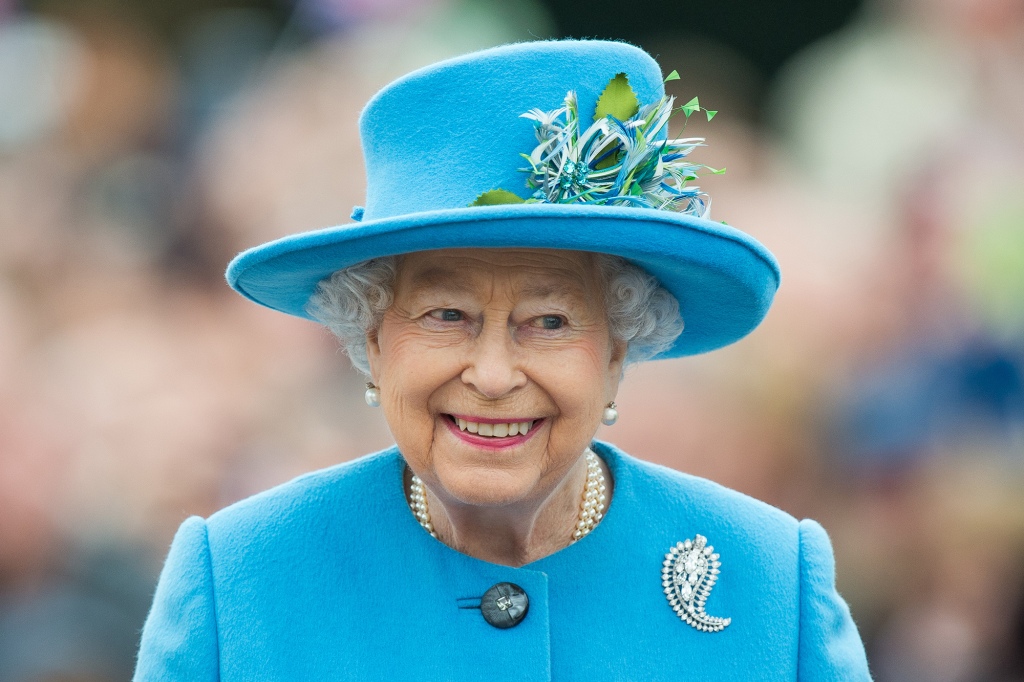
If the plan is followed, the funeral will be on the tenth day at Westminster Abbey — the first funeral of a British monarch there since 1760.
Most of the country will grind to a halt, with a nationwide two minutes of silence at midday. The London Stock Exchange will cease business and UK banks will close.
There will be a committal service in St. George’s Chapel at Windsor Castle, and the queen will be buried in the castle’s King George VI Memorial Chapel, the plans detailed by Politico noted.
With around 60 years of planning, “Operation London Bridge” should ensure the queen’s send-off goes off without a hitch.

It should be a far cry from the shock car-crash death of Charles’ then-estranged wife Princess Diana in August 1997 — which came as such a shock the royal family had yet to plan her possible death.
That instead borrowed “Operation Tay Bridge,” the well-rehearsed plans to send off the Queen Mother, who would not die for another five years.
Read the full article Here


